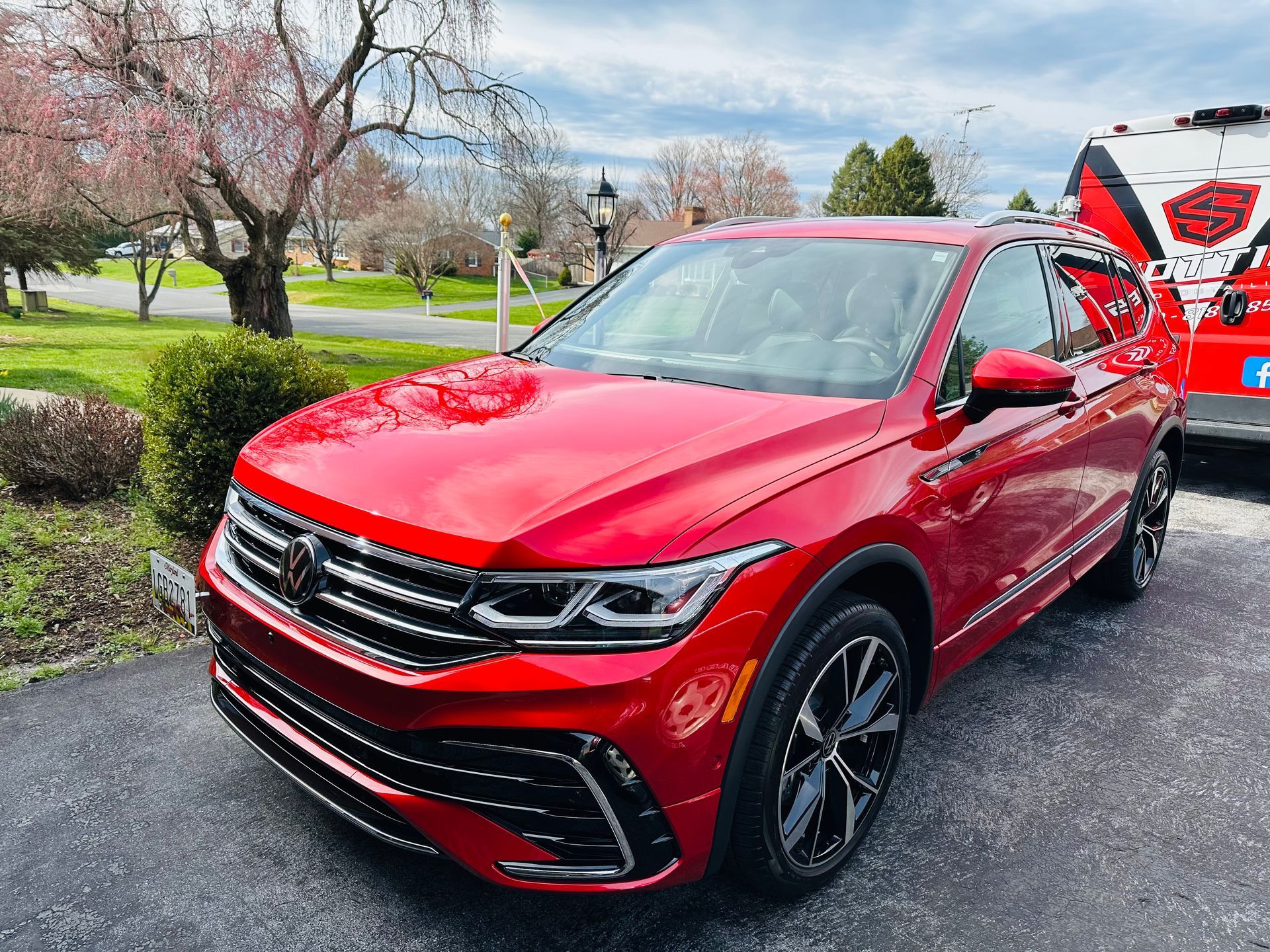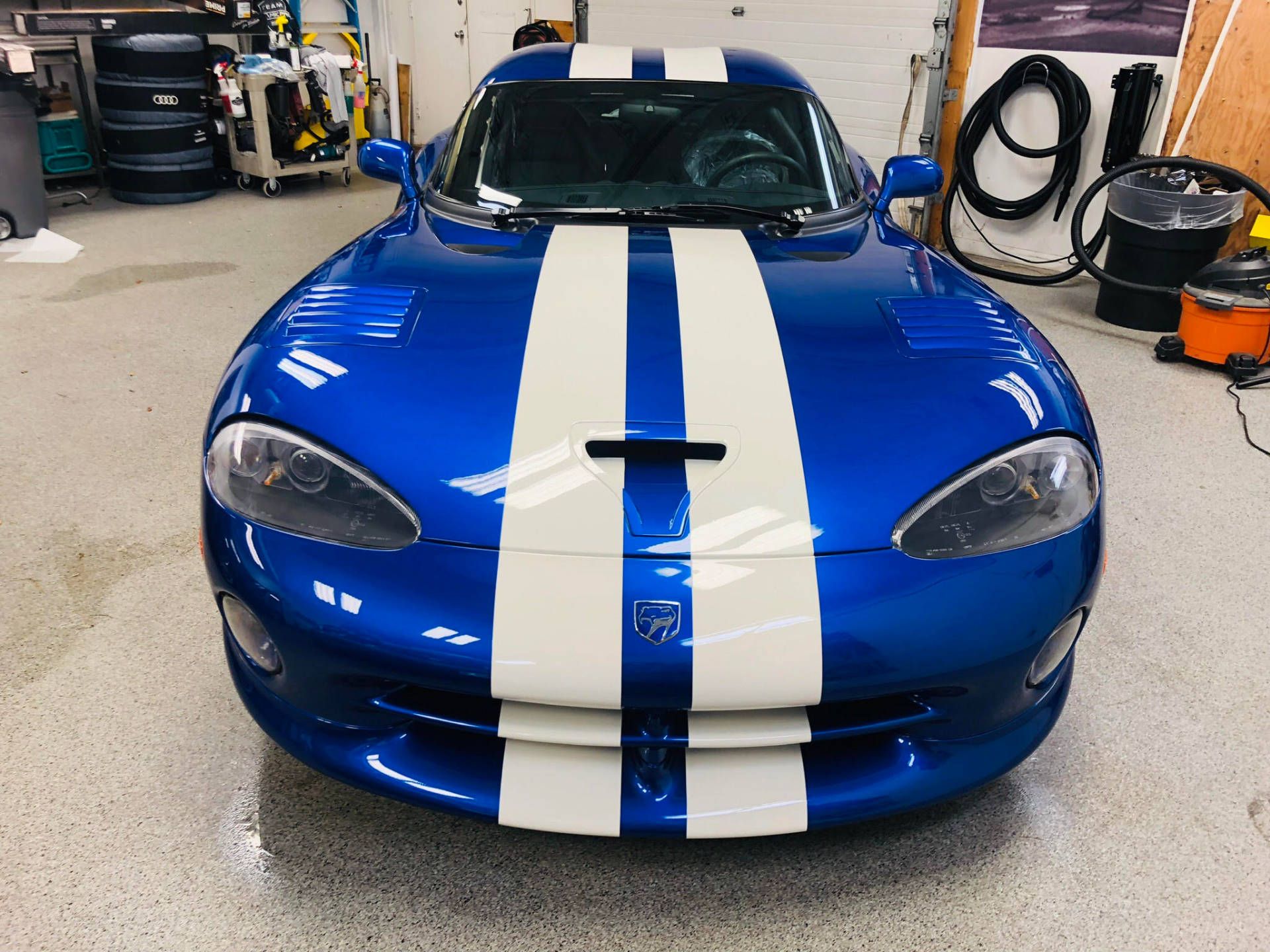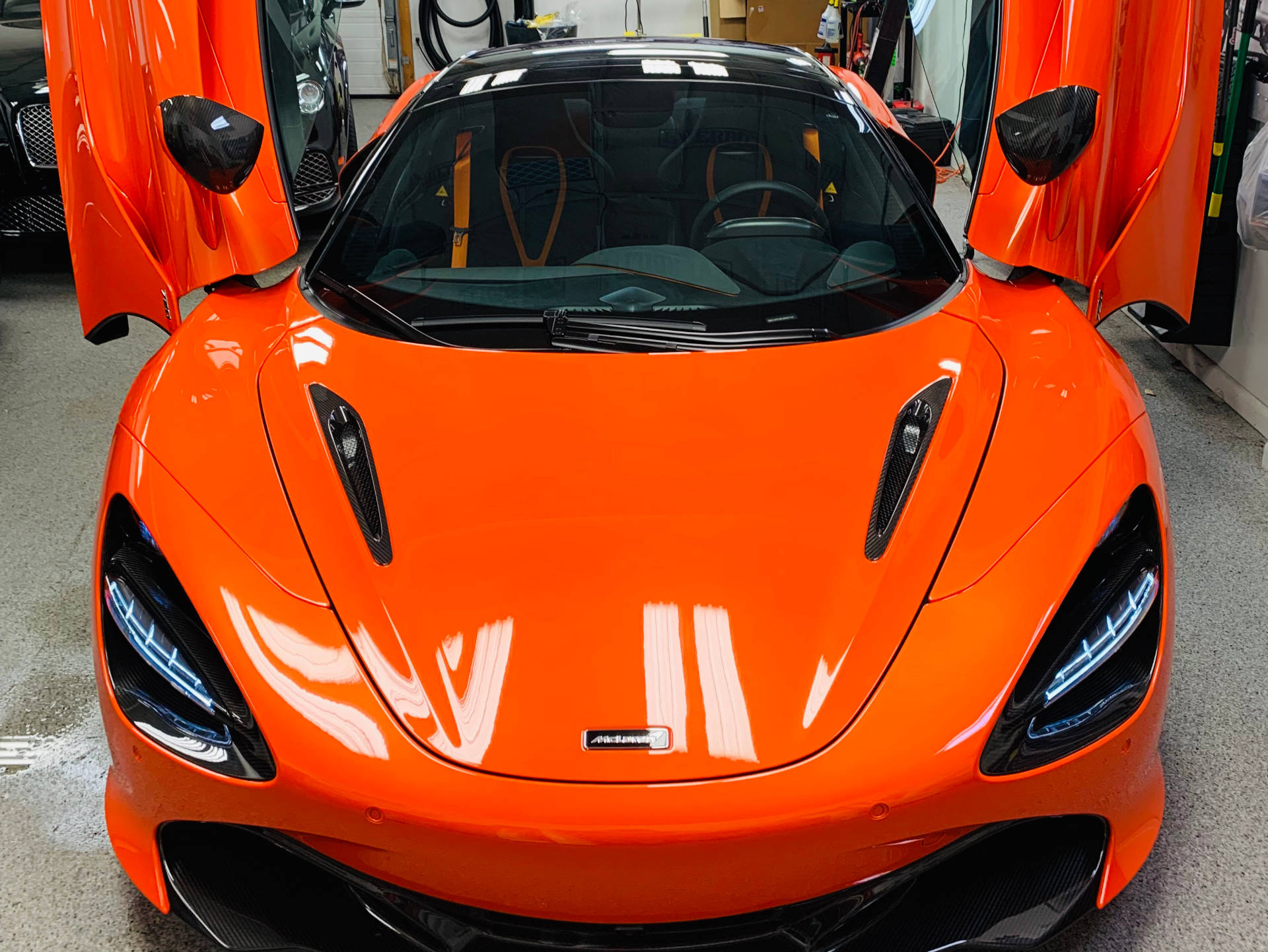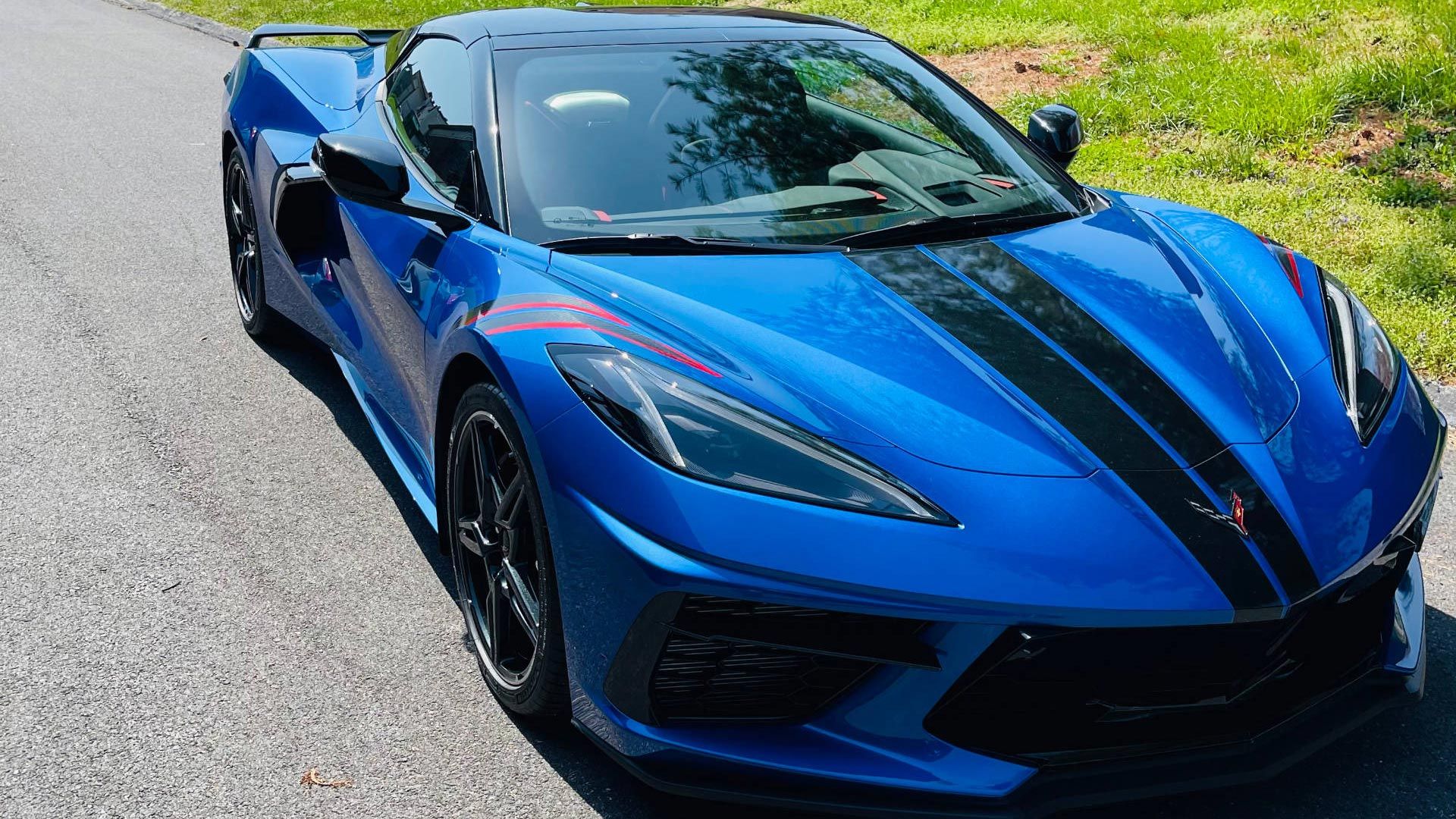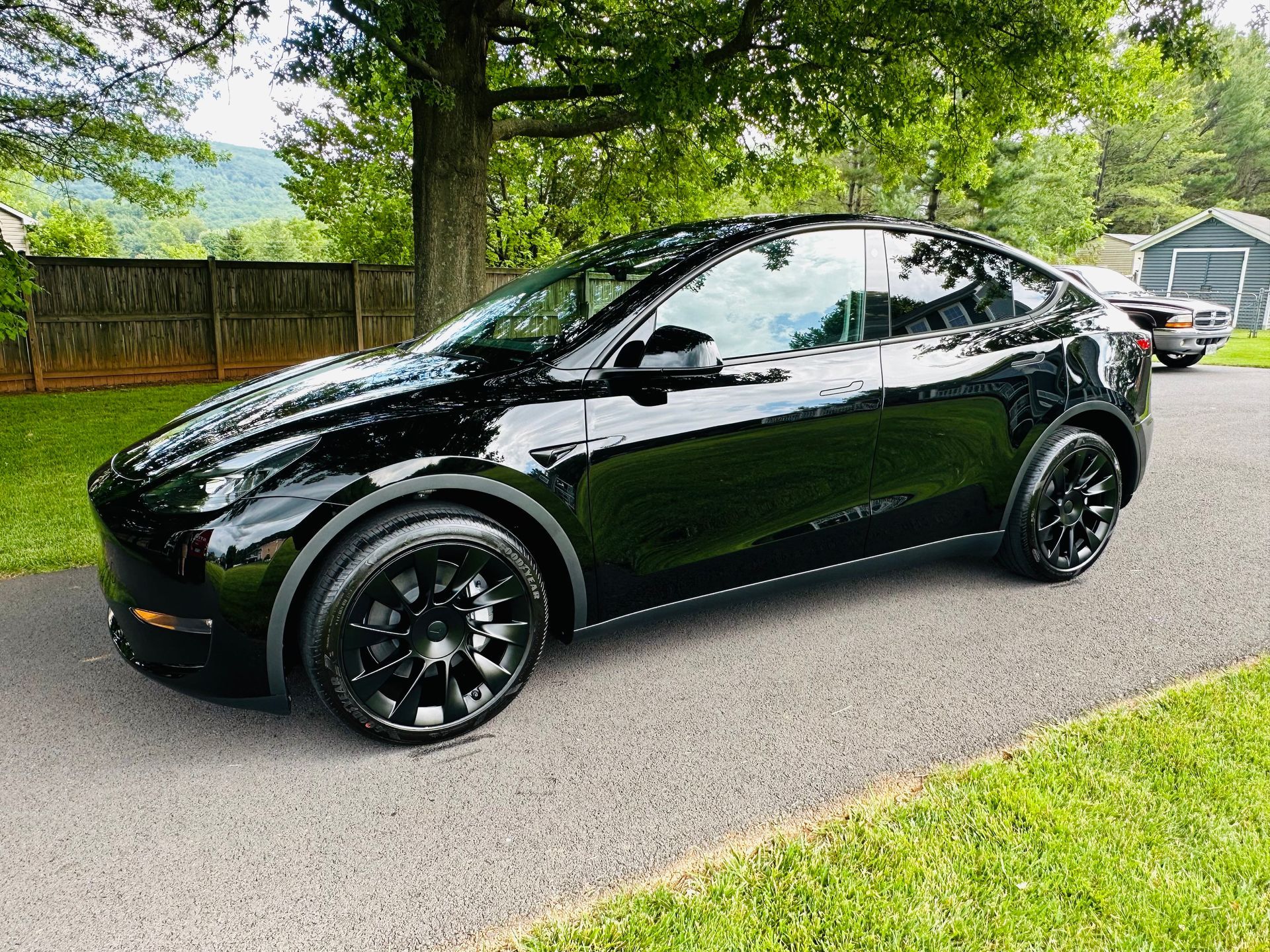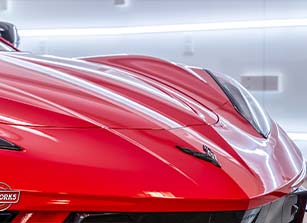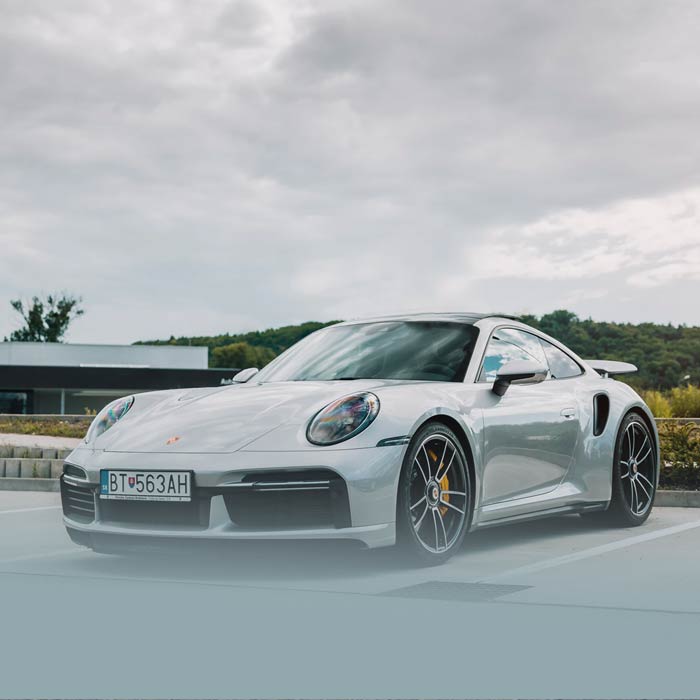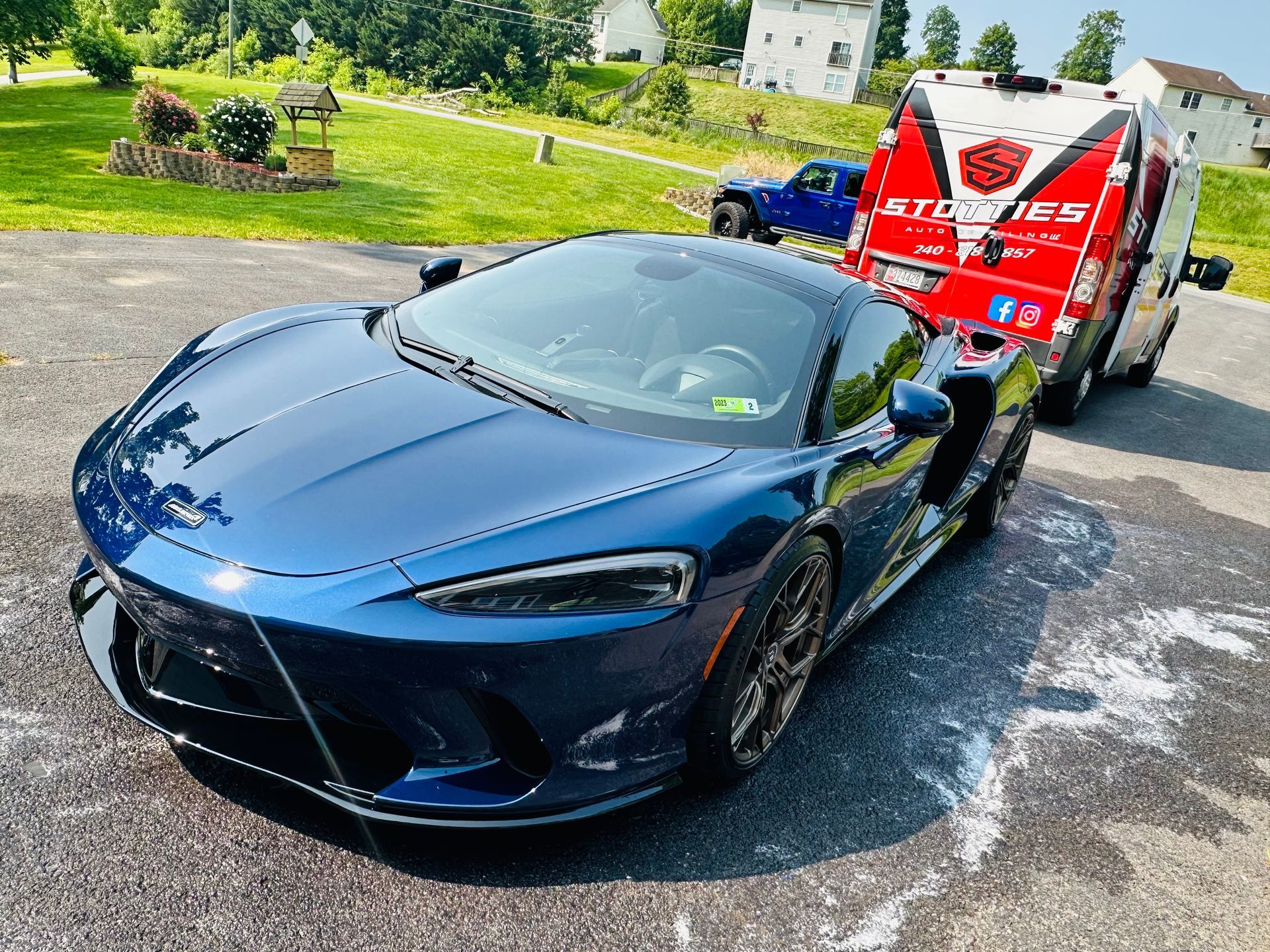If you've invested in ceramic coating for your car, you might think you're golden, right? While it's true that ceramic coatings offer incredible protection against the elements and keep your paint looking sleek, there are hidden threats that can compromise their effectiveness. From everyday cleaning methods to harsh environmental impacts, several factors could dull that shine and diminish your vehicle’s defense. Let’s dive into what can go wrong with ceramic coatings so you can protect your investment and keep your car looking its best.
Ceramic coatings can be compromised by several factors, including abrasive cleaning methods, environmental contaminants such as bird droppings or tree sap, and improper maintenance techniques. It's essential to perform thorough paint correction before applying a ceramic coating and to regularly inspect and maintain the coating to ensure its longevity and effectiveness.
Key Elements That Deteriorate Ceramic Coating
One significant factor that contributes to the decline of ceramic coatings is UV radiation. As a vehicle is exposed to sunlight, the UV rays can gradually break down the chemical bonds within the coating, making it increasingly vulnerable to damage. Imagine leaving a cherished item out in the sun for too long; over time, its shine fades, and it can become brittle. Research indicates that if a vehicle is parked outdoors without proper shade, UV exposure could reduce the effectiveness of your ceramic coating by as much as 30% in just one year. This is especially crucial for those living in sunny climates where prolonged exposure is commonplace.
Another serious concern comes from abrasive materials. Everyday elements like dust particles, road debris, and even automated car washes can introduce swirls to your vehicle's surface. These tiny imperfections can accumulate and compromise the integrity of your ceramic coating. Think of it like sandpaper—while you may not notice the effect of swirls immediately, when combined with many others, it can significantly degrade the protective layer. To mitigate this risk, adopting safer washing practices is advisable. Utilizing a two-bucket wash method can dramatically reduce unwanted abrasions, keeping your vehicle looking pristine.
Here are common abrasive culprits to be aware of:
- Microfibers: While generally safe, some lower-quality microfiber towels can have rough fibers that can harm the coating.
- Road Debris: Small stones or dirt kicked up while driving can damage surfaces without you even realizing it.
- Automated Car Washes: These often use stiff brushes or harsh cleaners that can wear away at your coating.
Understanding these factors helps you appreciate what you're up against; however, it's also important to understand the harmful practices that worsen these issues.
Chemical Exposure
One often overlooked element is chemical exposure from strong acids and bases. If you've ever spilled a drink or failed to remove bird droppings promptly, you'll know firsthand how quickly some substances can eat away at surfaces. Ceramics are no exception. If exposed to pH levels below 3 or above 11, ceramic protection may become compromised. Just think about how damaging cleaning products or industrial chemicals can be. Their potent compositions may etch into your ceramic layers if left unattended for too long.
Lastly, let's consider how environmental contaminants factor into this equation. Things like tree sap or industrial fallout may seem innocent enough, but allowing them to sit on a surface for more than 24 hours risks encountering surface etching and permanent damage. Those unsightly spots aren't just cosmetic issues; they can seriously impact your coating’s protective qualities.
With all these possibilities for damage in mind, cultivating awareness will allow you to implement strategies that safeguard your ceramic coating more effectively than before.
Practices That Reduce Coating Durability
First and foremost, improper washing techniques play a giant role in eroding the protective properties of ceramic coatings. Imagine a scenario where you have recently coated your vehicle, and every little swirl is now prominently visible. During washes, opting for harsh brushes or non-pH neutral soaps can strip away layers of that precious coating, leading to dullness and deterioration. Cold water washes exacerbate the consequences, as sudden temperature changes can stress the surface and compromise the integrity of the coating. It’s essential to always reach for pH-neutral car shampoos and treat your vehicle's surface with soft microfiber cloths that won’t harm it during washing or drying.
In addition to washing techniques, ignoring minor damages tends to be a common yet detrimental practice.
You might think that a small chip or tiny mark won't matter much, but neglecting them can lead to bigger headaches down the line. Unlike some materials, ceramic coatings don’t possess the ability to self-heal from these imperfections. Over time, unaddressed damage creates unprotected areas where dirt, grime, and moisture can settle. As these accumulate, they may cause larger spots of deterioration that are harder and pricier to repair. Make it a habit to conduct regular inspections—ideally after every wash—to catch pesky imperfections early before they turn into an expensive issue.
Similarly, chemical exposure plays a significant role in damaging ceramic coatings.
Frequent use of strong detergents or acidic cleaners degrades ceramic coatings more quickly than you might expect, reducing their lifespan by up to 50% almost instantly! The very products designed to clean could harm your protective layer instead. Therefore, it’s best to shy away from harsh chemicals and stick with gentle cleaning solutions that will cleanse without assaulting the integrity of your coating. Incorporating regular maintenance routines with specialized products for ceramic-coated vehicles ensures longevity and keeps everything looking fresh.
Monitoring environmental factors also significantly extends the lifespan of your coating.
UV radiation poses another invisible threat; prolonged exposure to direct sunlight can lead your ceramic coating to fade over time, cutting its protective qualities by around 20%. High temperatures exacerbate this degradation by contributing to thermal breakdowns when vehicles sit under the sun for hours on end. Investing in a quality car cover, if parking indoors isn’t an option, provides added protection against those harmful rays.
Maintenance Matters
Lastly, neglecting regular maintenance ultimately leads to a significant decline in coating performance, up to 25% over time! Failing to apply top coats or sealants diminishes the coating’s capabilities, exposing your vehicle to contaminants that might otherwise have been repelled. Make it part of your routine—a simple reminder on your calendar every few months—to refresh that top layer will dramatically extend the life and appearance of your ceramic coat.
Recognizing these pitfalls enables better strategies for safeguarding your investment in car care, paving the way for effective measures that ensure long-lasting shine and protection.
Preserving Your Ceramic Coating
Regular care and maintenance can extend the life of your ceramic coating significantly. Just like a well-tended garden flourishes, so too does your vehicle when given the attention it deserves.
Routine Maintenance
Washing your vehicle at least once a week is essential to ensure that dirt and grime do not embed themselves into the coating. I recommend using gentle car soap specifically designed for ceramic coatings; these products, like those from Chemical Guys or Meguiar's, provide an effective clean without stripping away the protective layers you’ve invested in.
It’s important to utilize a soft cloth or microfiber wash mitt during this process, as harsher materials can inadvertently lead to swirl marks on the surface of your fresh coating.
This simple yet impactful step minimizes wear over time, helping maintain that showroom shine.
Now, while washing by hand is powerful, it's crucial to dry your vehicle properly afterward. Using a clean microfiber towel will help eliminate spots and prevent any potential damage from residual dirt. Adopting a no-scratch mentality with each maintenance task will go a long way in preserving both appearance and performance.
Using A Ceramic Boost Spray
Following up your routine wash with a ceramic boost spray can amplify the durability and effectiveness of your ceramic coating. This additional protective layer enhances water-beading capabilities and ensures contaminants slip off easily. Many detailing enthusiasts swear by this method; it significantly prolongs the hydrophobic properties integral to a well-maintained coating.
Make it a habit to apply this ceramic spray every few washes—about every 3 to 6 months—to ensure that your vehicle continues to repel water effectively. These boost sprays are user-friendly; simply spray them on and wipe them off with a clean microfiber towel.
With these maintenance steps emphasizing the value of regular upkeep, let’s explore another vital component: avoiding harmful substances that could compromise all your hard work.
Harsh Chemicals and Cleaners
Certain cleaning agents, while seemingly harmless, can seriously undermine the integrity of your ceramic coating. One notorious type is acidic cleaners. Common household items, such as vinegar or even some citrus-based products, contain acids that can slowly erode your car’s protective layer if they're used frequently. This erosion doesn't just happen overnight; it's a gradual process that weakens the ceramic bond and can lead to irreversible damage over time. Imagine polishing your car, only to realize the once-brilliant finish has dulled beyond repair—this is what happens when acidic solutions take their toll.
To put it simply: steer clear of acidic cleaners for your vehicle. Instead, it’s crucial to choose automotive-specific cleaning products that are pH-balanced and designed to work safely with ceramic coatings. These tailored options ensure that while dirt and grime are effectively removed, your protective layer remains intact.
Following right along this line of thought, let’s talk about high-pH detergents.
Products with a high alkaline content are another culprit in damaging ceramic coatings. Studies show that routinely using high-pH shampoos can significantly decrease the lifespan of your ceramic protection by as much as 40%. This degradation often goes unnoticed until it’s too late to save the coating. Vehicle owners might wonder why their once-pristine finish looks lackluster or why water doesn’t bead off like it used to; high-pH cleaners have likely played a part in that decline.
Think back to Jane, a car owner who naively relied on vinegar solutions, believing they would clean her car efficiently. She watched in dismay as her coating began deteriorating almost immediately after switching from safe methods to harsher options. This lesson underscores the fact that not all cleaning products are equal; a product that may be effective on kitchen countertops could potentially cause significant damage to your vehicle's finish.
It’s crucial to understand how external elements wear down vehicle protection. Let’s transition into how various weather conditions can affect your car's ceramic coating over time.
Weather and Environmental Factors
Understanding how these elements interact with your vehicle's surface is critical to preserving the protective benefits of ceramic coating. One major consequence is the long-term damage stemming from acid rain. This type of precipitation, more frequent in industrial areas, contains harmful pollutants that can etch into the ceramic layer over time. Merely parking your car during or after a heavy rain can expose it to these corrosive elements, leading to compromised performance.
Extreme Temperatures
Similarly, temperature fluctuations significantly impact the durability of ceramic coatings. The heat generated beneath direct sunlight particularly elevates risks associated with high temperatures. This exposure accelerates chemical processes within the coating that could ultimately lead to breakdown or warping. Conversely, extreme cold can make ceramic coatings brittle, increasing their susceptibility to cracking when subjected to stress or impacts, like a fender bender or pothole hit.
For the best results from your ceramic coating, regular inspections and maintenance in response to varying weather conditions are vital.
By being aware of these factors affecting your vehicle's protection, you’ll be better equipped to recognize issues before they escalate. This proactive approach is essential for ensuring the longevity and effectiveness of your coating investment as challenges arise.
Signs Your Ceramic Coating is Failing
Recognizing early signs of failure is essential for maintaining your vehicle’s appearance and protection. As a ceramic coating ages, it evolves, and this evolution often indicates that it's losing its effectiveness. One of the first noticeable changes is associated with the hydrophobic properties of the coating. When water loses its ability to form droplets and instead flattens out on the surface, it’s a clear indication that reapplication may be necessary.
Imagine washing your car and realizing that water just sits there like a puddle—it used to bead beautifully, but now you're seeing spots!
Mike, an avid car care enthusiast, shares, “I noticed the hydrophobic effect diminishing after about 18 months, signaling it was time for a touch-up.” His experience reflects what many have encountered—the gradual loss of that shiny barrier meant to repel contaminants effectively.
Reduced Hydrophobic Effect
The hydrophobic effect is crucial to keeping dirt and grime at bay while preserving your vehicle's aesthetic appeal. The ideal contact angle for water beads should hover between 100-110 degrees; anything lower shows significant wear on the ceramic surface. If you notice larger puddles forming instead of those neat little droplets, it’s worth taking immediate action by either polishing or reapplying to restore that protective layer.
Protect Your Investment with Stotties Mobile Detailing
Your ceramic coating is only as good as the care it receives. At Stotties Mobile Detailing, we don’t just apply coatings—we help you preserve that showroom shine for the long haul. Our team uses professional-grade products, proven techniques, and a detail-oriented approach to ensure your vehicle stays protected against the elements, road debris, and harmful contaminants.
Ready to extend the life of your ceramic coating—or get it done right the first time?
Contact Stotties Mobile Detailing today to schedule your ceramic coating service and experience unmatched quality and convenience. Call us at (240) 818-1857 or visit Stotties Mobile Detailing.
Let us help your vehicle shine brighter and stay protected longer.


